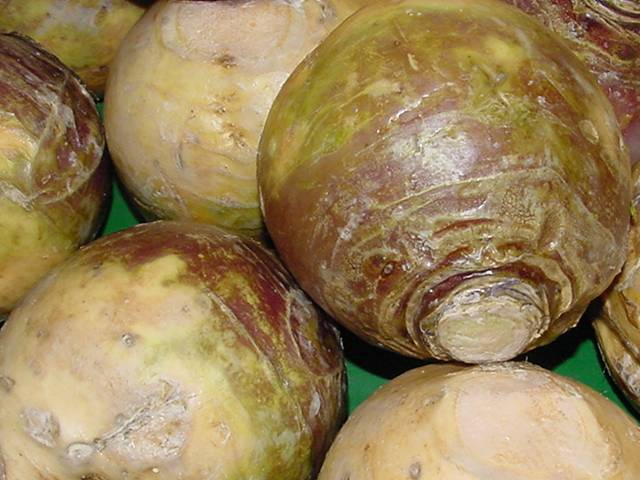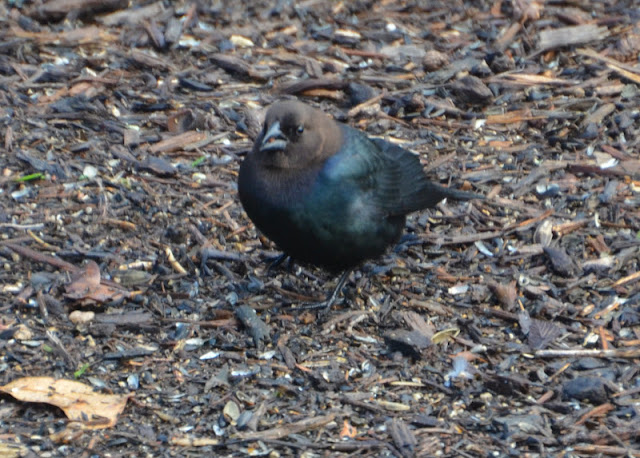Rutabaga can be grown successfully in Texas, and the rutabaga from your garden will put those wax coated, grocery store rutabaga to shame. In the grocery store, a rutabaga will look something like the picture below. I think they coat them in thick wax to prolong storage.
A rutabaga from your garden will looking something like the picture below. This rutabaga is called 'Purple Top'. I guess you can see where it gets it's name.
In order to be successful growing rutabaga, I have always started my seeds indoors around the July/August time frame. The conventional wisdom is that root crops don't transplant well, but starting rutabaga seeds outdoors in the Texas summer, or even fall for that matter, is just not practical. I start mine indoors and keep bumping them up until the temperatures cool and I can finally plant them.
Back in October 2011, I planted these little rutabaga transplants into the garden. In the picture below, the rutabaga are under netting to protect them from the local wildlife. Due to the severeness of our drought at the time, the birds were eating any seedlings they found in the garden.
I harvested my first rutabaga in December shortly after we had our first freeze. It was pretty tasty, but rutabaga flavor only improves when the temperatures get colder. The plants can get quite large and by February the rutabaga are as big as honeydew melons.
When a rutabaga is lifted from the ground, the top foliage and the roots can be cut away with a knife.
Friends always ask me, "What do you do with a rutabaga?" My favorite preparation (see mashed rutabaga) is to cut the rutabaga into pieces and boil until they are soft. Then, I mash the softened rutabaga with butter, salt and pepper.
Rutabaga are tasty in beef stew or with pot roast. Basically, any time you're serving potatoes and carrots, rutabagas will fit right into the menu.
I have a garden full of rutabaga, so I've been on the lookout lately for some new rutabaga recipes. I saw several recipes on the internet for rutabaga oven-baked fries, so thought I would give that a try.
To prepare the fries, cut the rutabaga into 1/2 inch slices and thoroughly cut away the outer peel.
Cut the slices into strips that resemble hand-cut french fries, and drizzle the fries with olive oil. Bake at 425 degrees for 12 minutes or until the fries are tender when pierced with a fork.
The fries will be soft and not crispy like actual french fries. This was a little disappointing, so I attempted another batch at 350 degrees for 25 minutes to see if I would get a different result. Unfortunately, the result was pretty much the same.
To serve, sprinkle the rutabaga with garlic powder, paprika and kosher salt. Even though they were not crispy, they still made a tasty side dish.






















































